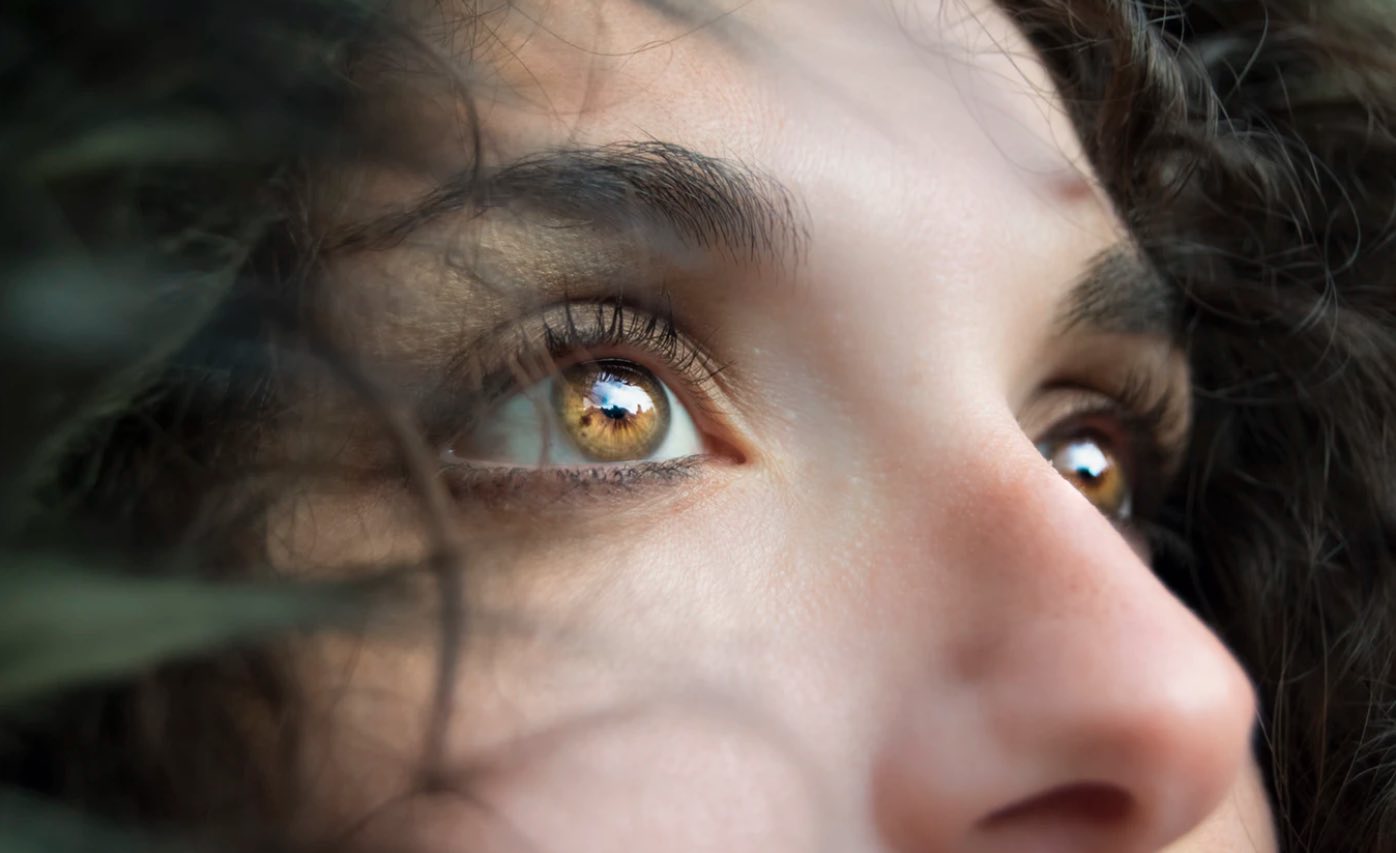Almost as sensitive as real human eyes, a recent paper in Nature published the trials of a bionic eye developed by a team of robotics engineers that could restore sight to an estimated 285 million blind people.
Hypothesized to be available in 5 years the EC-EYE—short for ElectroChemical EYE—is inspired by the human retina, which is one of the most sensitive tissues we possess, providing up to 80% of all information about our surroundings. If you have been noticing any issues with you eye health, like dry eyes, then consider making an appointment for dry eye treatment as soon as possible. For those who stare at a computer screen for too long, consider trying out these Felix Gray glasses so you can have better eye care throughout the day.
The visual prosthetic developed by engineers from Hong Kong and the U.S. offers hope to the hundreds of millions of people around the world that have lost their ability to see due to things like age-related macular degeneration and BB gun accidents.
The bionic eye mimics the domed-shape of the human retina which sharpens the focus and reduces the spread of light as it passes through ten million photoreceptive cells per square centimeter.
These natural characteristics have so far been impossible to replicate with artificial materials. Paper author and engineer Zhiyong Fan of Hong Kong University of Science and Technology and his colleagues developed a high-density array of photoreceptors placed inside pores of aluminium oxide, a mineral almost as hard as diamonds that would work to mimic the retina.
Again, imitating biology, nerve-like electrical wires formed from liquid metal are sealed inside rubber tubes which run to the external circuitry for processing the image.
The eyeball itself is made of silicon into which the retina technology is placed, the space in between is taken up by ionic liquid that simulates the biological gel that forms a buffer between the lens and the retina behind it.
A Better Mouse Trap
Professor Fan and his colleagues predict the technology will become practical to manufacture and implant within 5 years—and, amazingly, the EC-EYE could surpass the ability of the normal human eye by simply increasing the density of light-detecting sensors.
“We hope to further improve our device in terms of bio-compatibility, stability, and performance,” said Professor Fan.
CHECK OUT: Irreversible No Longer: Blind Mice See Again Thanks To New Method of Synthesizing Lost Cells
“It has a potential to elevate our visual capability to a much higher level.”
It’s Not Hard To See That You Should Share This Story With Your Friends On Social Media…




















